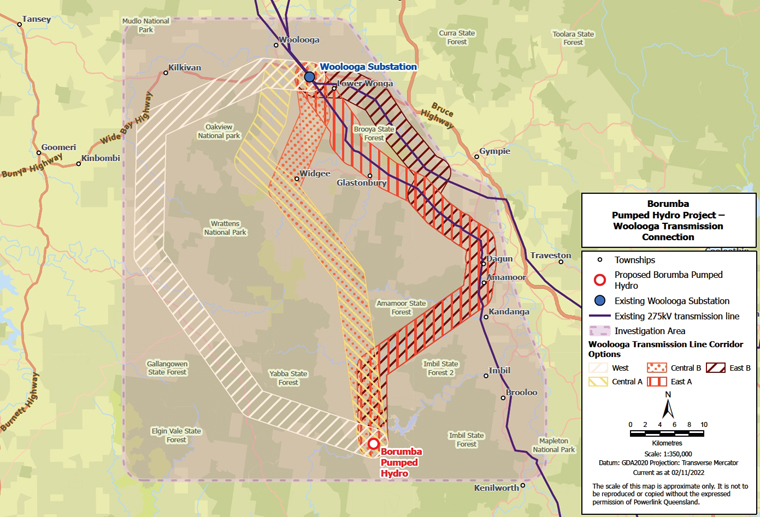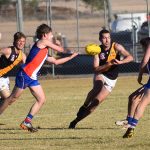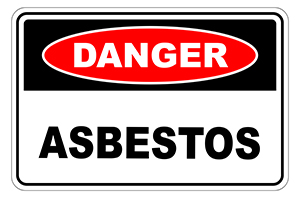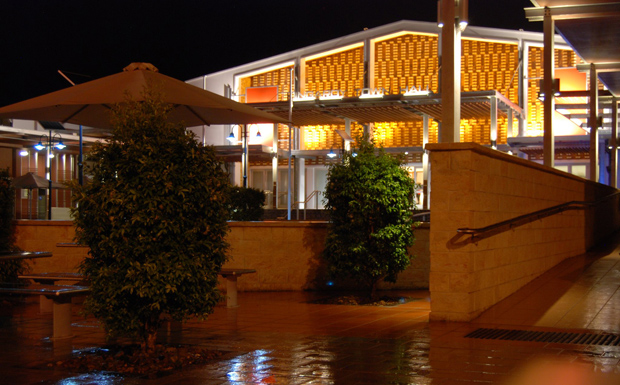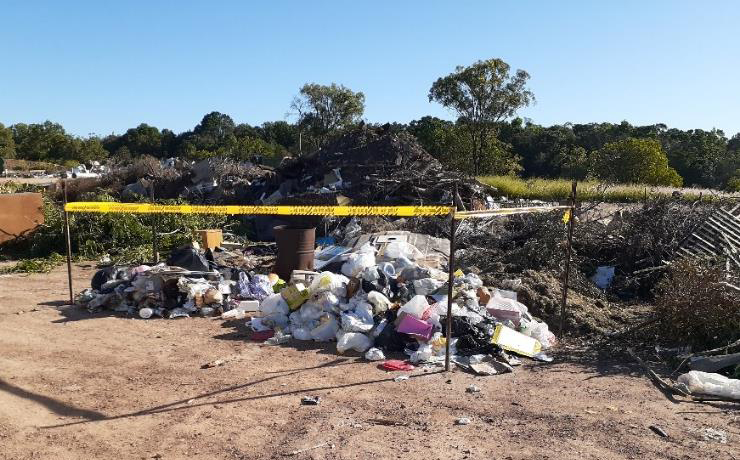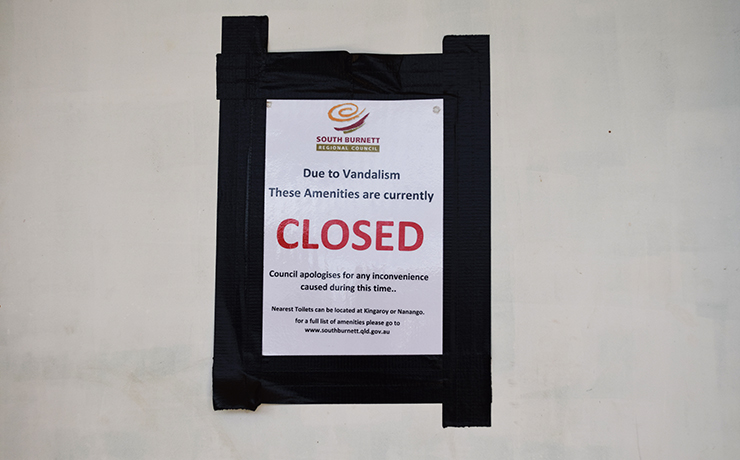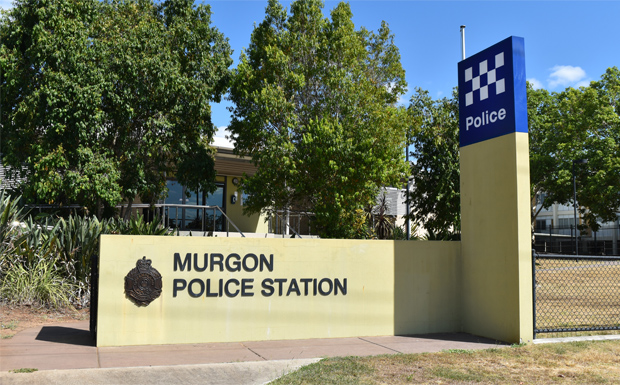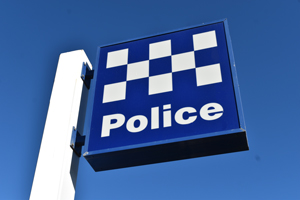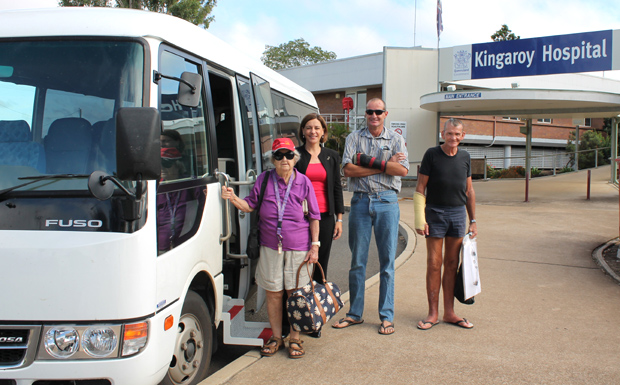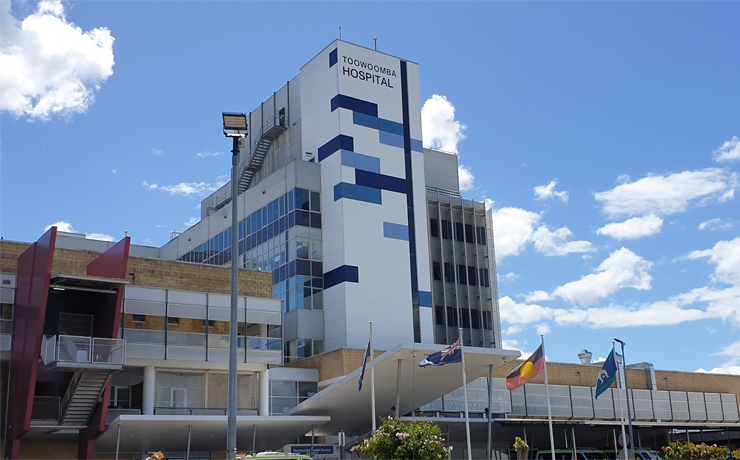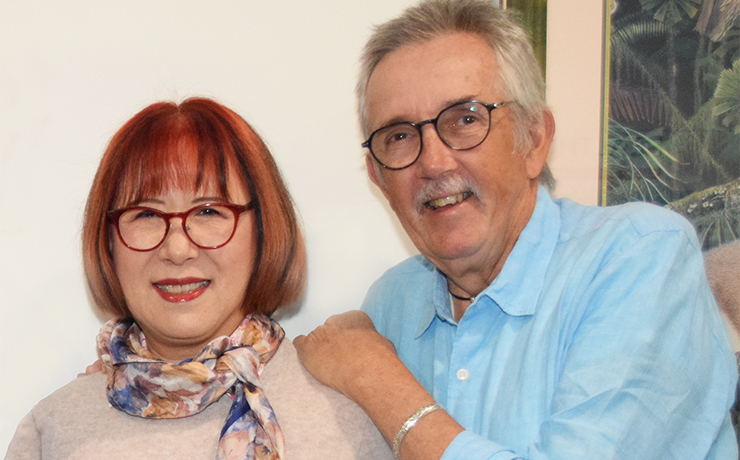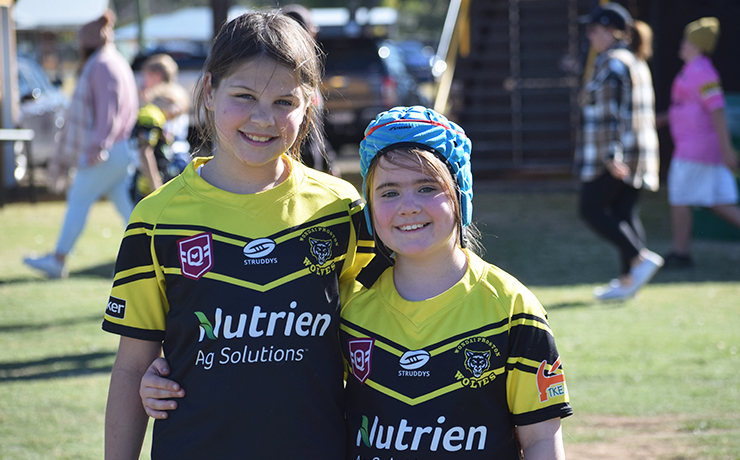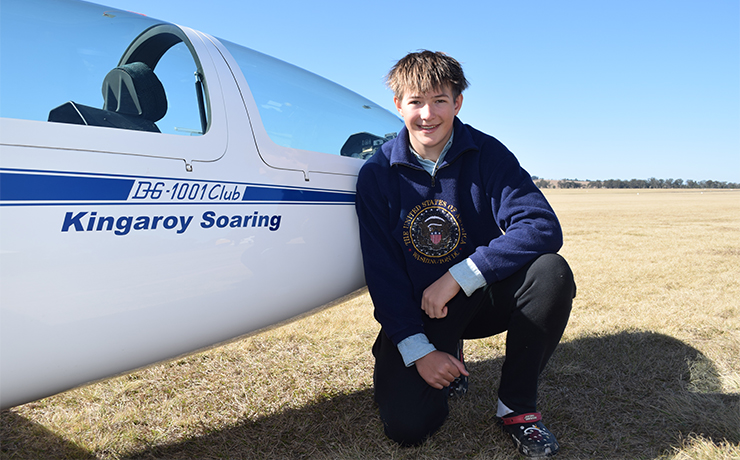
April 27, 2023
Powerlink has released its draft decision on the two transmission line corridors for the proposed Borumba Dam pumped hydro project.
Transmission lines need to be built to link the proposed power generation plant near the dam to the Woolooga and Halys substations in the Gympie and South Burnett council areas.
Powerlink has engaged in extensive public consultations since mid-2022 but these have been accompanied by protests from residents worried about the proposed towers and lines being located on their properties, or nearby.
Two petitions were submitted to State Parliament urging the corridors be located on State land wherever possible.
The Draft Corridor Selection Report, which was released publicly on Thursday evening, shows the recommended routes (see below) will use both State-owned and private land.
Out of the options presented during the consultations, the Woolooga West Corridor and the Halys Central (Option A) have been selected.
- External link: Have Your Say
* * *
Powerlink spokesperson Ian Lowry said Powerlink’s goal had been to identify corridors that had the least overall impact from a social, environmental and economic perspective.
“Key themes from the community included investigating the use of State-owned land, avoiding areas of high environmental value, avoiding communities and private properties, and managing biosecurity and agricultural impacts,” he said.
“We believe the recommended corridors balance all of these important considerations.
“There has been community feedback asking us to consider using National Parks to increase use of State-owned land. National Parks are special places dedicated to protecting and conserving outstanding examples of Queensland’s natural environment and cultural heritage. An important part of our planning approach is to avoid impacting on these conserved areas wherever possible.”
Mr Lowry emphasised the recommended corridors released on Thursday were not a final decision.
“These are draft recommendations, which remain open for community feedback until the close of business on July 3, 2023,” he said.
“We will also be back out in the local area hosting more community information drop-in sessions in late May and early June to meet with landholders, brief other stakeholders and gain feedback from the wider community on the recommended corridors.”
He said the final Corridor Selection Report was due to be released in September after the community feedback was collected.
“We will then work with landholders to identify a 70-metre easement being the final alignment for the new transmission line based on their direct feedback and input on how they manage their properties and land,” Mr Lowry said.
“From there we then continue progressing with further approvals required prior to construction starting in late 2025.”
* * *
Powerlink provided the following descriptions of the draft selected corridors:
Halys Central A Corridor
The Halys Central A corridor has the least overall impact across social, environment and economic perspectives when compared to the other options.
This corridor has the lowest impact on social objectives, at a similar level to the Halys North corridor options. It includes opportunities to use State-owned land and also limits impacts on the number, size and use of properties.
This corridor generally has the least overall impact on environmental criteria including essential habitat, with impacts on National Parks able to be avoided through refinement to a 1km-wide corridor.
The Halys Central (Option A) corridor is also the shortest of those assessed, providing the ability to co-locate with existing Powerlink transmission lines around Tarong Power Station and Halys substation.
To summarise, this corridor:
- Affects a lower number of properties, strategic cropping and intensive land use (such as feedlots etc)
- Has the least overall environmental impact criteria, including essential habitat, with higher impacts on National Parks able to be avoided through refinement to a 1km-wide corridor
- Has the shortest corridor length, with the opportunity to co-locate with existing transmission lines.
* * *
Woolooga West Corridor
The Woolooga West corridor provides the best balance from social, environmental and economic perspectives when compared to the other corridor options.
It has the lowest impact on social objectives, including number of properties and impacts on strategic cropping and intensive land use.
The Woolooga West corridor also provides the greatest opportunity for the use of State-owned land.
While it does not reflect the shortest line length, there is a lower portion of steep terrain and a greater ability to avoid highly sensitive areas within National Parks.
To summarise, this corridor:
- Has the highest percentage of State-owned land
- Affects the least number of properties, in particular those less than 5ha in size
- Has the least impact on National Parks, which are able to be avoided through refinement to a 1km-wide corridor
- Has the least impact on strategic cropping and agricultural land
- Has the least impact on intensive land use (such as feedlots etc)
* * *
Borumba Pumped Hydro Project
The project will be capable of despatching 2000MW and storing up to 24 hours of energy.
When generating, the project will have the capacity to supply electricity to up to two million Queensland homes.
The development of a pumped hydro energy storage at Borumba Dam will require an expansion of the existing lower reservoir (Lake Borumba) and a new dam to be built at a higher altitude to create an upper reservoir.
An underground power station would link the two dams to enable water to be pumped from the lower reservoir to the upper reservoir, and for water released from the upper reservoir to drive turbines to generate electricity.
Related articles:








